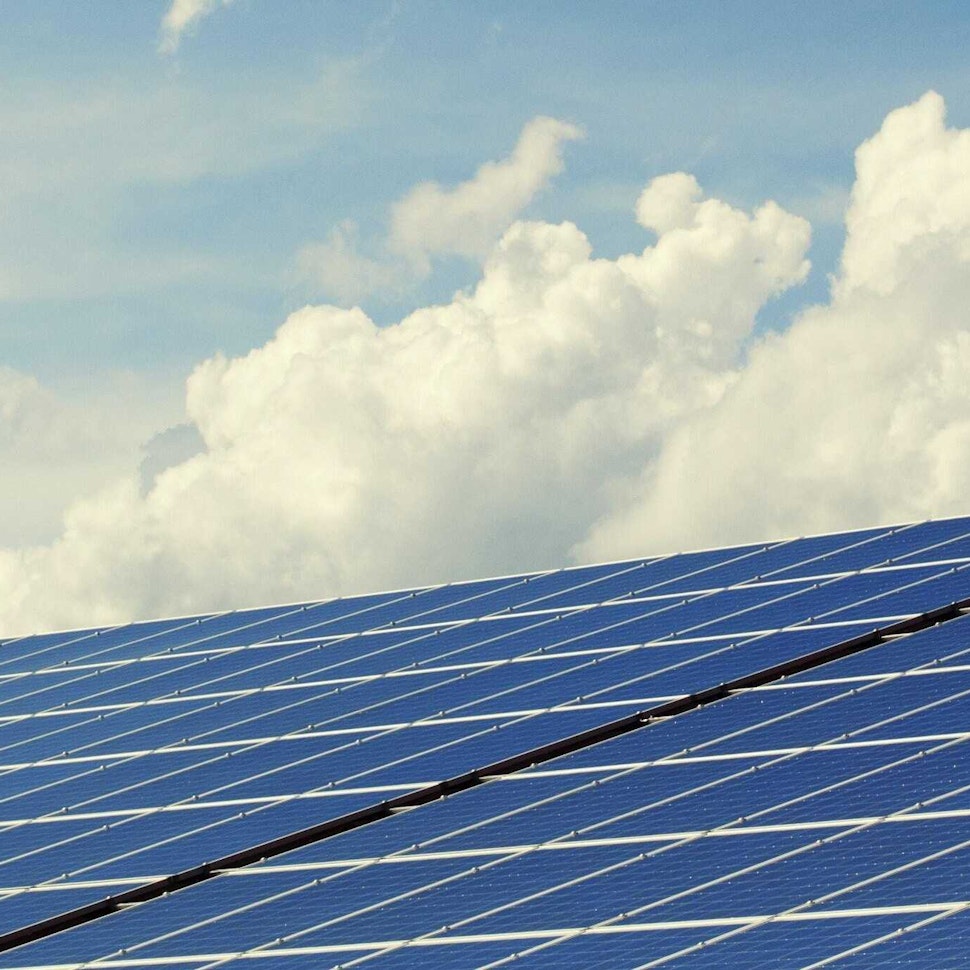- Solar energy blog
- A look at UK renewable and solar energy trends and statistics
A look at UK renewable and solar energy trends and statistics
Delve into the finding of our trend report that reveals the UK’s solar power and renewable energy preferences, including bifacial modules, string inverters, fixed structures, and AC BESSs.


Gonzalo de Blas
Account Owner
Before joining RatedPower, I studied in London and worked at the Spanish Chamber of Commerce in Taipei. I have lived in the UK, Taiwan, China, Germany and Spain, and I used to spend a lot of time in France, where part of my family lives.

Renewables now comprise 20.9% of the UK’s total energy generation, with wind power playing a significant role as the country is ideally located between the North Atlantic and North Seas.
This strategic position has helped the UK achieve record levels of wind power generation.
The UK’s 2050 target is zero net emissions. Plans include 50GW from offshore wind and 70GW from solar by 2030. These efforts will significantly upgrade the energy sector. The government hopes this focus on clean energy will help stabilize energy prices and reduce reliance on global markets.
Want to dig deeper into how the United Kingdom & NIR is tackling the green transition. Download this eBook: State of Green in the United Kingdom & NIR to explore the current state of the renewable landscape in this region and how it is pushing towards a clean future.
About the survey
Last year, RatedPower gathered responses from experts in over 30 countries to give insight into the current state of the renewable energy sector. We covered trends, new technologies, legislation, and industry challenges.
Around 88% of the survey participants work in solar energy, while others are involved in storage and wind power. Their feedback helps us see what’s on the horizon for renewable energy in 2024 and beyond.
The UK’s solar energy and renewable preferences
The RatedPower Trends Report and survey data revealed specific preferences in the UK’s renewable energy sector. Here are the key statistics and trends defining the UK’s approach to renewable energy.
Bifacial modules used in 87% of UK solar energy projects
Bifacial modules dominate photovoltaic (PV) project simulations in the UK, with an 86.94% usage rate compared to 13.06% for monofacial modules.
Bifacial modules are often favored for their higher efficiency and performance. These solar modules capture light from both sides of the panel. In the UK, where cloudy skies are frequent, these modules can be more effective than traditional ones.
They can absorb scattered sunlight from clouds on both sides, increasing efficiency and ensuring consistent energy output. This makes bifacial modules a practical choice for areas with less direct sunlight.

Nearly 70% of UK solar projects use string inverters
String inverters are used in 68.23% of solar installations, compared to 31.77% that use central inverters. They are favored for their flexibility and efficiency.
Unlike central inverters, string inverters are typically placed at the end of each PV string and distributed throughout the array. Each handles fewer PV strings. This setup allows for better management of shading and optimizes energy production. Their multiple maximum power point trackers (MPPTs) can boost overall system efficiency by 4% to 8% compared to central inverters.
While central inverters are initially more cost-effective, they can suffer from greater efficiency losses and downtime. They aggregate outputs from multiple PV strings, making them less flexible and more challenging to manage in varied conditions.
The UK’s preference for string inverters reflects the need for adaptable solutions in the country’s diverse solar installations.
To discover more global trends in the renewable landscape, download our latest 2024 Trends: Renewable Energy & Solar Research Report to gather insights, stats, and opinions on the current state of the renewables sector. The report draws from an industry survey and analysis of solar simulations carried out on the RatedPower Platform.
Over 57% of UK solar projects use fixed structures
Over half of the UK’s solar simulations (57.55%) use fixed structures. These are preferred for their simplicity and lower installation and maintenance costs.
Tracker structures, chosen for 40.27% of projects, rotate to follow the sun, increasing energy generation. Despite higher initial costs, their ability to capture more sunlight results in lower long-term electricity costs.
East-West structures, used in 2.19% of projects, place panels back-to-back to maximize space and ensure steady energy production. These structures are particularly useful in higher latitudes where the sun’s path is lower.
The choice of structure type in the UK reflects the specific needs and conditions of each solar project, balancing efficiency, cost, and space considerations.

85% of UK solar installations use AC-coupled BESS
Most solar project simulations in the UK use AC-coupled Battery Energy Storage Systems (BESS). Data shows that 85.05% of installations use AC-coupled BESS, while only 14.95% opt for DC-coupled systems.
Several factors contribute to this preference. AC-coupled systems are easier to integrate, especially in existing setups. They allow for independent operation of solar panels and batteries, which adds flexibility to energy management. Yet, they are slightly less efficient due to the multiple conversions between AC and DC power.
Although less common, DC-coupled systems are favored for their efficiency. They only require a single power conversion, reducing energy losses and making them ideal for off-grid applications. The choice between AC and DC coupling ultimately depends on the specific needs of each project, with AC systems being more popular in the UK for their ease of integration and versatility.
Last November, National Grid announced it would expedite the connection of up to 10GW of battery energy storage projects. These projects will now connect to the grid up to four years ahead of schedule. This effort aims to solve grid connection challenges and boost the UK’s renewable energy capacity, further supporting the adoption of AC-coupled BESS systems.
Discover how RatedPower can improve your solar project planning. Our platform offers innovative tools for precise and efficient design. Check it out to see how it can help your project.
2024 Trends: Renewable Energy & Solar Research Report
Download our latest report to gather insights, stats, and opinions on the current state of the renewables sector. The report draws from an industry survey and analysis of solar simulations carried out on the RatedPower Platform.

Latest stories
Related posts
Technology and engineering
Innovation in renewable energy: Developments expected in 2025
We look at the 10 biggest renewable industry developments that are making a green future possible, including perovskite solar cells, green hydrogen, and more.
Updated 18 MAR, 25

Market analysis
Breaking down solar farm costs: Free template inside
Updated 27 SEP, 21

Market analysis
Solar energy in Australia: a 2021 market analysis
Updated 11 MAY, 21

- RatedPower
- Solar energy blog
- A look at UK renewable and solar energy trends and statistics

